Arts institution Pivô breathes new life into neglected Lina Bo Bardi building in Bahia
Non-profit cultural institution Pivô is reactivating a Lina Bo Bardi landmark in Salvador da Bahia in a bid to foster artistic dialogue and community engagement
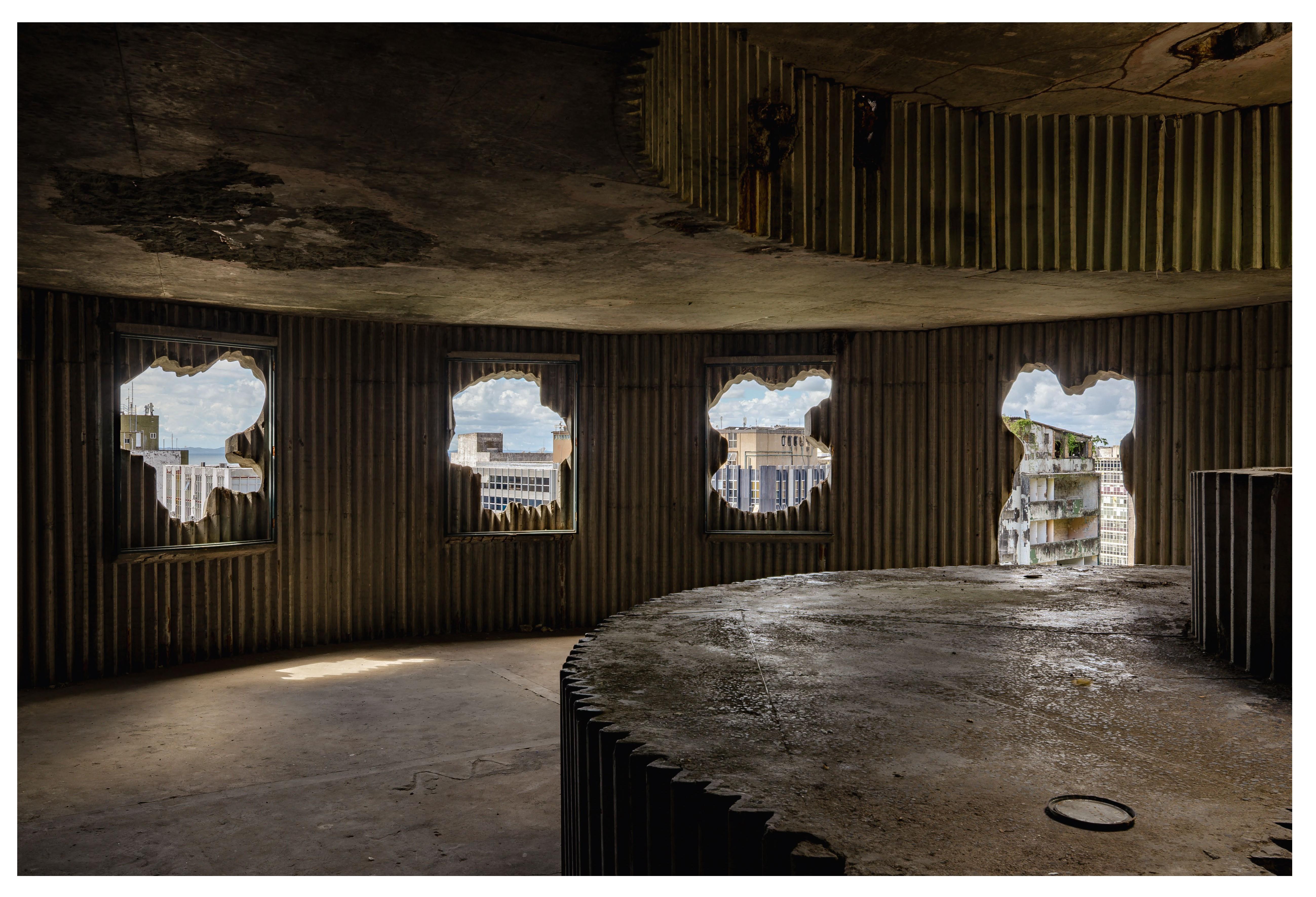
One morning in 1987, the architect Lina Bo Bardi met a colleague at her home in the suburbs of São Paulo with a shoebox and a message: ‘Give this to Lelé [the nickname of architect João Filgueiras Lima, famous for his innovations in prefabrication] and tell him I’m thinking of a structure like this,’ she said. ‘He’ll understand.’ Bo Bardi had spent the previous two years on a revitalisation plan for Pelourinho, the historic centre of Salvador da Bahia, Brazil’s former capital, and she needed a cheap, flexible material for her planned interventions. Inside the box, Lelé found a tightly pleated leaf of palm grass. As predicted, he knew what to do.
Roughly two years later, Bo Bardi and Lelé completed their collaboration on the Ladeira da Misericórdia, a steep, cobbled street connecting Pelourinho to the commercial district below. They used Lelé’s accordion-folded ferrocement panels to reinforce crumbling colonial buildings for social housing and small businesses, and to turn a half-ruined structure into a rooftop café. Around the base of a pre-existing mango tree, they built a pair of circular volumes that would serve as a democratic gathering place for a city divided by topography, race and class: a restaurant called Coaty.
That, at least, was the idea. Bo Bardi, who had migrated to Brazil from her native Italy after the Second World War, first fell in love with Salvador’s singular culture, shaped by its Afro-diasporic majority, in the late 1950s. After a US-backed military coup in 1964 drove her socially-oriented practice into recession, Bo Bardi retreated to São Paulo. She returned to Salvador two decades later when the city government invited her to help revive Pelourinho, which had recently been declared a Unesco World Heritage site. Her ambitious plans centred on what researcher Weslley Pontes calls ‘spaces of encounter’ — theatres, cinemas and public infrastructure that would serve the neighbourhood’s mostly poor population. Coaty in particular, Pontes says, ‘was always an experimental space’.
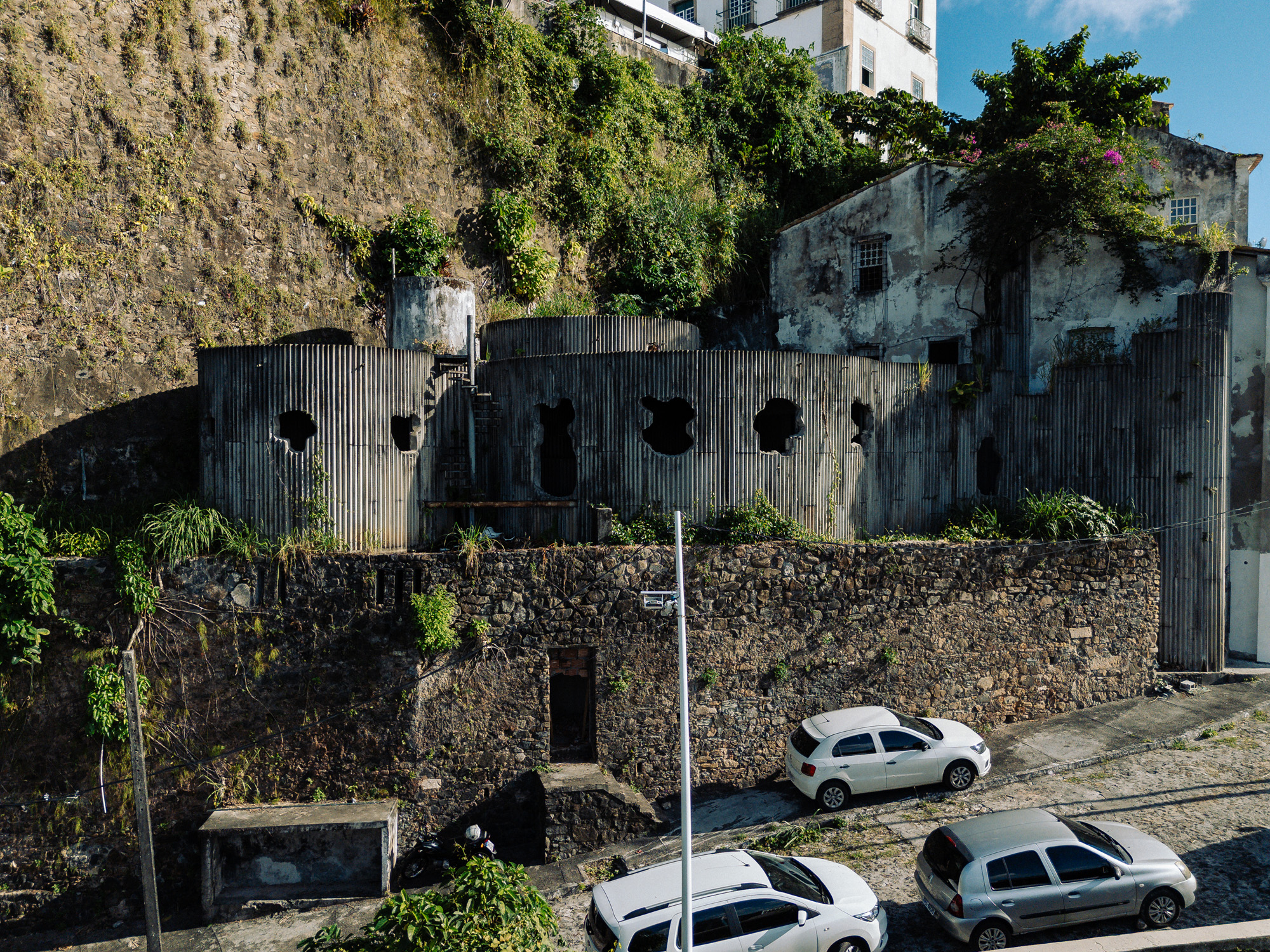
Featuring curved walls punctured by amoebic openings, the Coaty restaurant was designed by Lina Bo Bardi in collaboration with João Filgueiras Lima in the late 1980s
Behind the new home for Pivô in Brazil's Salvador da Bahia
Around the time of Coaty’s completion in 1989, the municipal government changed, discarding Bo Bardi’s communitarian plans and launching a brutal displacement campaign to sanitise Pelourinho for tourism. She died three years later, in 1992, aged 77.
From the mid-1990s onward, Coaty was intermittently abandoned and occupied, stripped for parts and sealed with cement block. Then, in 2024, the non-profit arts institution Pivô approached Salvador’s Secretary of Culture and Tourism to inquire after Bo Bardi’s lost masterpiece. Five months later, it was announced that Pivô, with its strong global fundraising base, would manage the building’s ‘reactivation’, with a mandate, says Lua Leça Escobar, an adviser in the Secretary’s office, to ‘connect artists and researchers from Salvador to the world’.
Pivô opened its research and residency programme in 2012 in a sprawling three-storey space in the Copan, an Oscar Niemeyer-designed apartment block in São Paulo that had seen better days. Over the next decade, Pivô developed free programming with artists and scholars from across Brazil and the world – particularly, says Fernanda Brenner, Pivô’s founder and artistic director, from Bahia. When Carolina de Sá, Pivô’s institutional director, showed Brenner her grandmother’s half-empty house in Salvador – a space that, in the 1960s, had been an informal salon for cultural luminaries including Caetano Veloso and Gilberto Gil – they decided to expand. To date, Pivô Salvador has hosted 28 residents, more than a third from Brazil’s politically and economically marginalised Northeast.
‘We’ve proven twice that we have the strength and the stamina to take over ruins,’ Brenner says. The Coaty announcement met with blowback from members of Salvador’s arts community, who saw the concession as part of a troubling pattern. In Bahia, ‘people come, they see, they take, and they don’t give back,’ says Lanussi Pasquali, co-creator, along with her late husband Joãozito Pereira, of the artist-led initiative Projeto Ativa. ‘And when something important comes along, the project always goes to someone from outside.’ In 2016, Pasquali and Pereira occupied Coaty for eight months on minuscule government grants, hosting events such as art installations, poetry readings and concerts. ‘It was a seed planted to say “we exist, this place exists, and it needs to be public”,’ she says. ‘We didn’t depend on people from outside to tell us how to run it.’
Receive our daily digest of inspiration, escapism and design stories from around the world direct to your inbox.
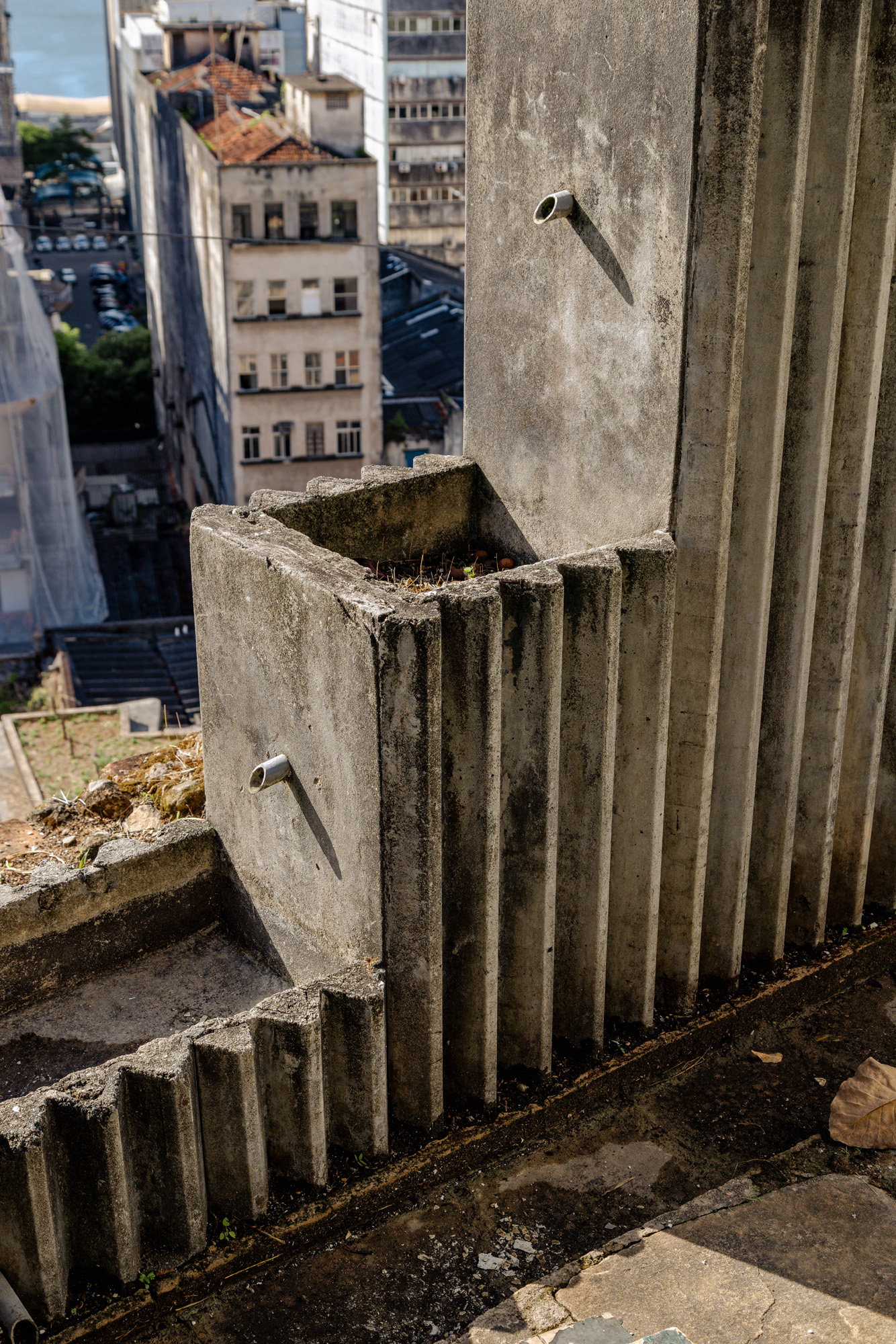
Brenner, de Sá and their team understand these frustrations and know the only means of defusing them will be the programming itself. ‘We understand the responsibility,’ says de Sá, who grew up in Salvador. ‘We have to make sure that everyone feels welcome, that everything is done for the city.’
As Pivô collaborates on structural plans with academics and surviving colleagues of the architects, its programme manager, Ramon Martins, has started compiling an extensive archive on the Ladeira’s history. Eventually, the spaces conceived for social housing will host residencies, educational programmes, a seed bank and free studios for local artists, while the never-realised café will become a restaurant where paying clients will subsidise meals for art workers. Pivô will also relocate the bulk of its residencies and public programming to Salvador, generating jobs and training for the local culture industry.
‘It was a seed planted to say “we exist, this place exists, and it needs to be public”’
How much of this comes to pass will depend on political will and continuity. ‘Lina left the city twice because of a change in the political system,’ says Martins, and while the municipal government will remain in place until 2029, Brazil remains polarised and unpredictable. Meanwhile, the gentrification of Pelourinho has raised the stakes for this narrow slice of a crowded, unequal city, where ‘culture is the only space for people to breathe,’ says Pasquali.
Bo Bardi was a European emigré and a wealthy Paulistana: in Salvador, an outsider twice over. Yet Brenner and de Sá, Pasquali and Pontes all invoke her as inspiration for the Ladeira’s future, which, they agree, must centre on restoring Coaty to public use. For the moment, Martins says, ‘We can dream. That’s why we’re trying to do everything now.’
-
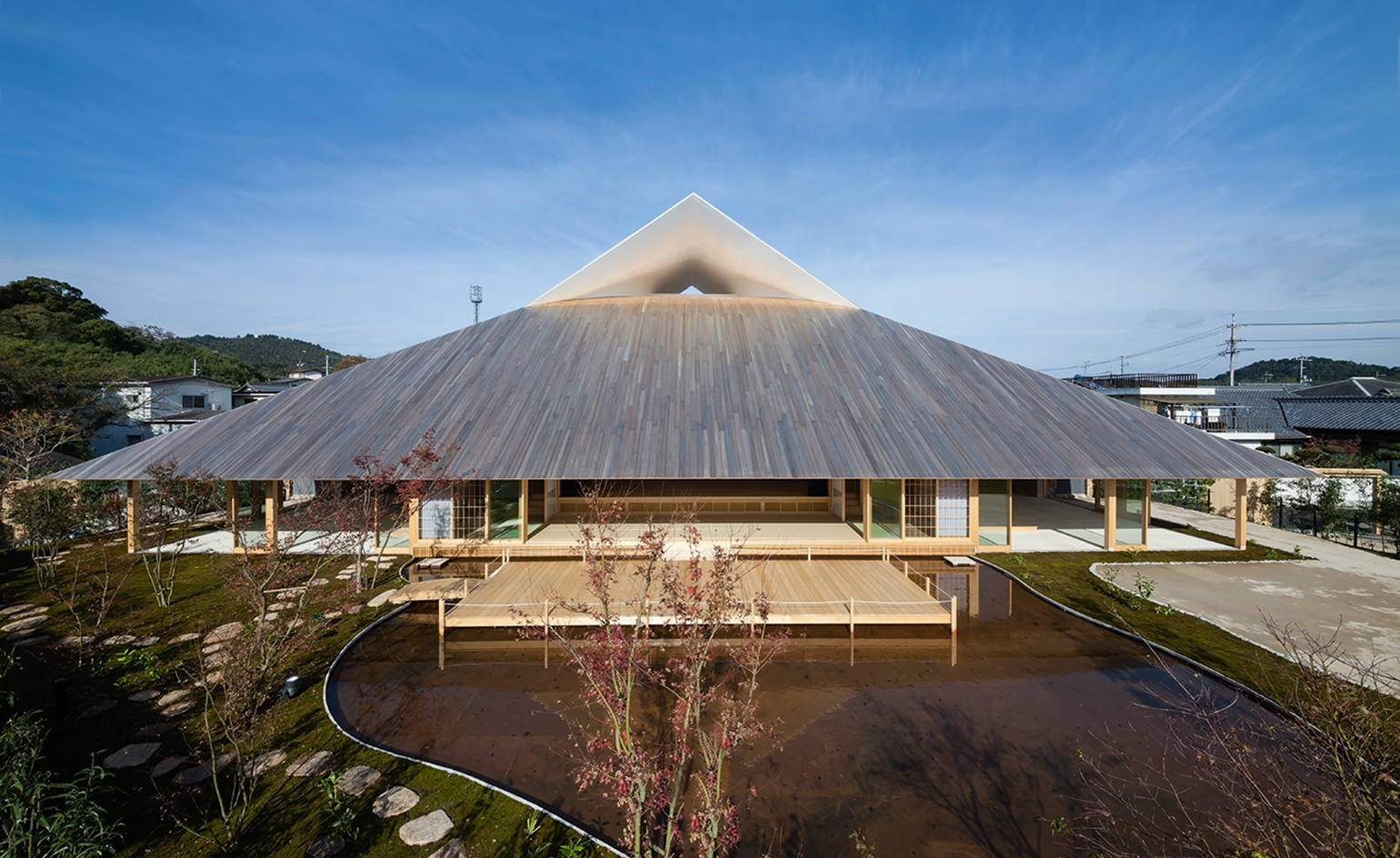 Take a tour of the 'architectural kingdom' of Japan
Take a tour of the 'architectural kingdom' of JapanJapan's Seto Inland Sea offers some of the finest architecture in the country – we tour its rich selection of contemporary buildings by some of the industry's biggest names
-
 JW Anderson’s new London store is an inviting emporium of fashion, art and homeware
JW Anderson’s new London store is an inviting emporium of fashion, art and homewareThe idea of curation is at the heart of Jonathan Anderson’s refreshed vision for his eponymous label, one encapsulated in the new Sanchez Benton-designed store on Pimlico Road – a place where the designer’s passions and influences converge
-
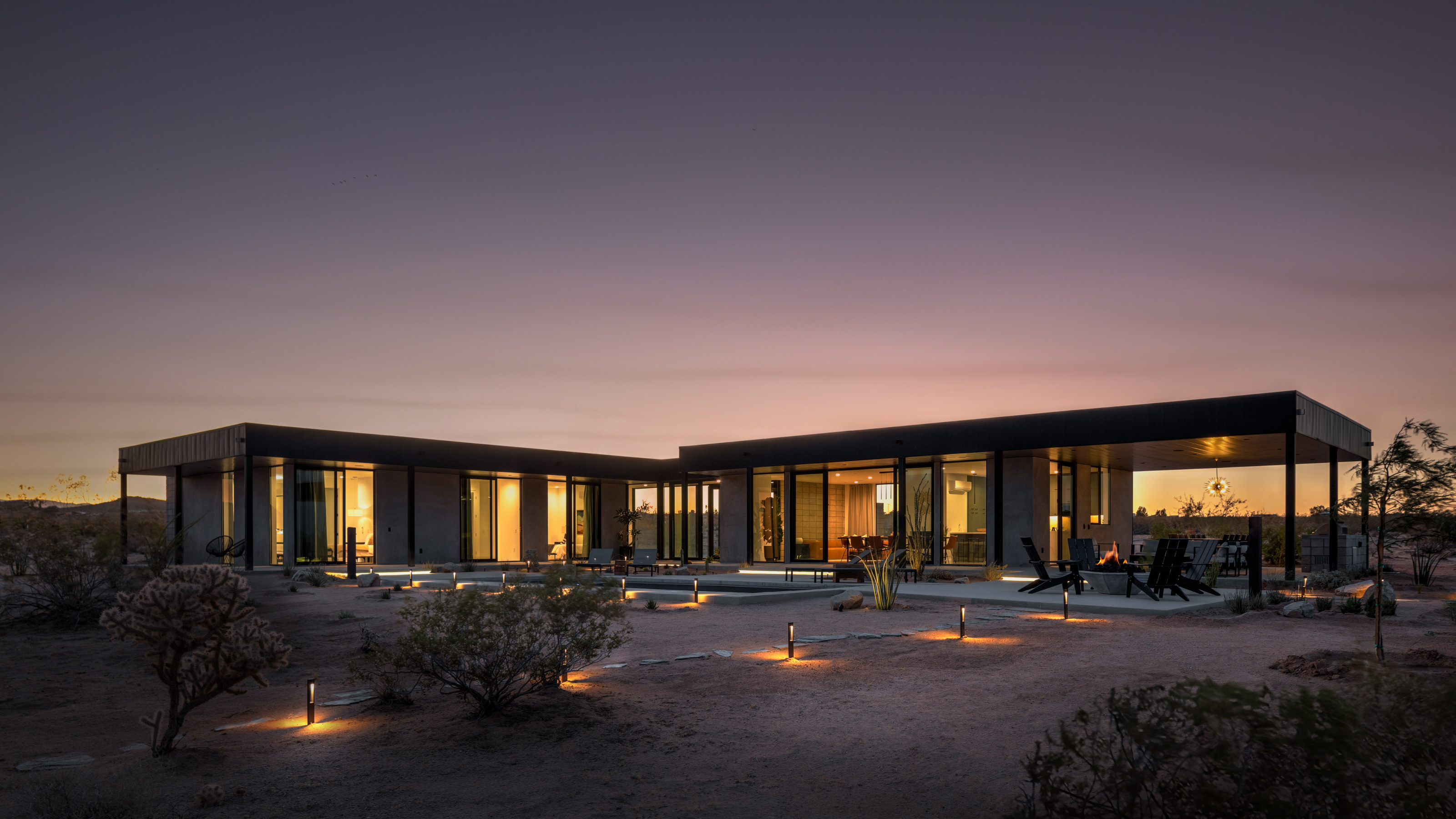 Rent this dream desert house in Joshua Tree shaped by an LA-based artist and musician
Rent this dream desert house in Joshua Tree shaped by an LA-based artist and musicianCasamia is a modern pavilion on a desert site in California, designed by the motion graphic artist Giancarlo Rondani
-
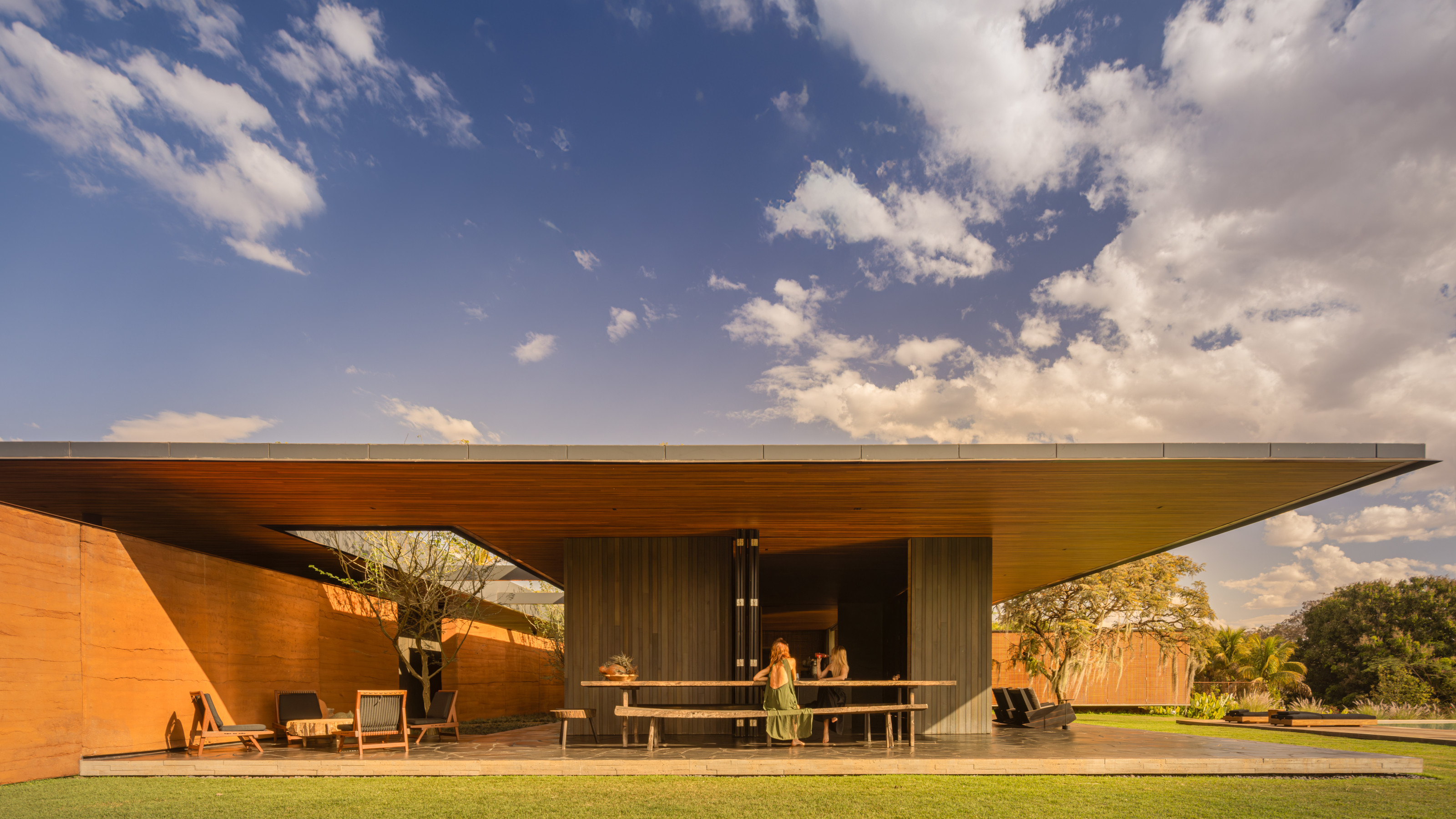 A spectacular new Brazilian house in Triângulo Mineiro revels in the luxury of space
A spectacular new Brazilian house in Triângulo Mineiro revels in the luxury of spaceCasa Muxarabi takes its name from the lattice walls that create ever-changing patterns of light across its generously scaled interiors
-
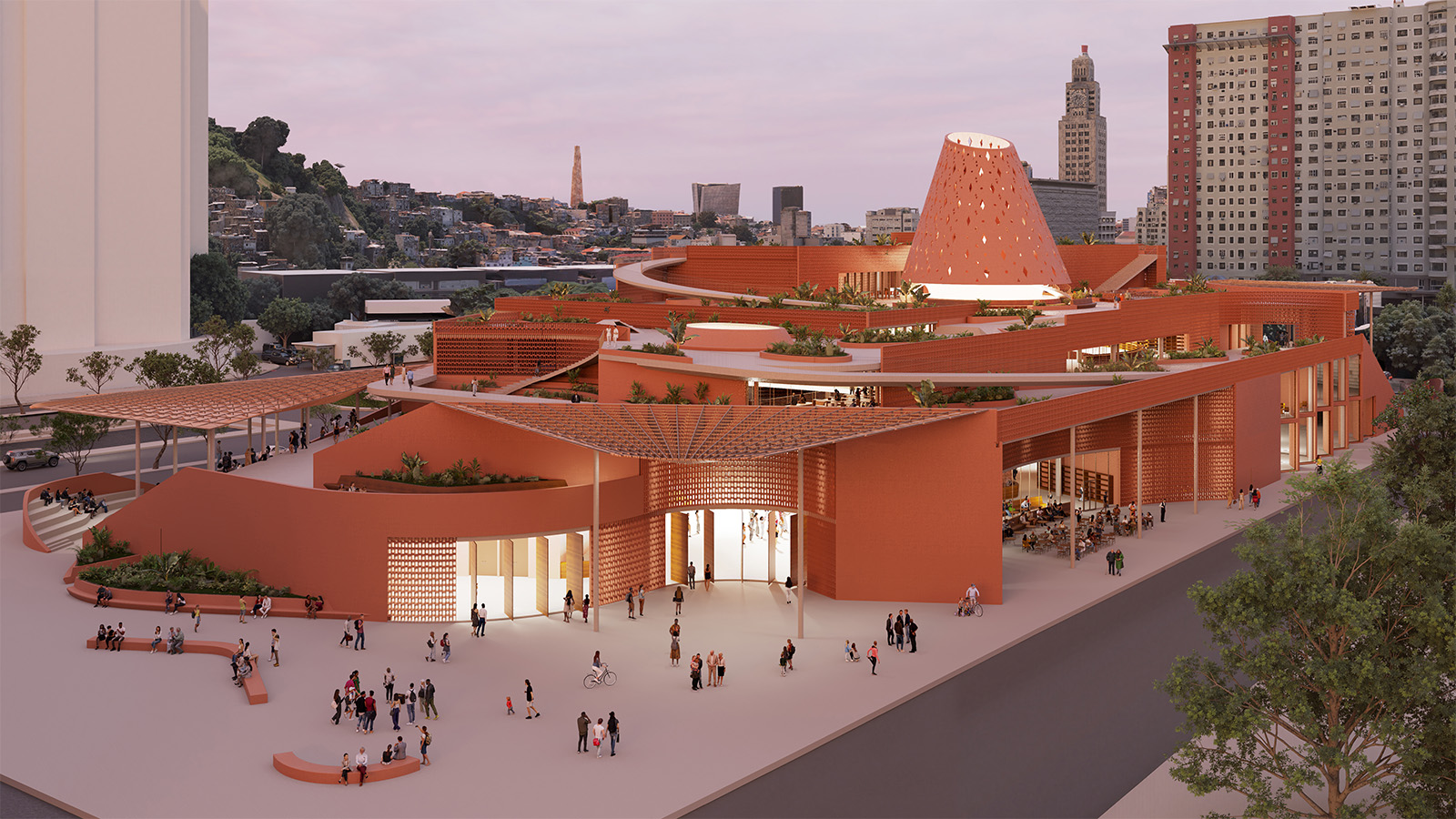 An exclusive look at Francis Kéré’s new library in Rio de Janeiro, the architect’s first project in South America
An exclusive look at Francis Kéré’s new library in Rio de Janeiro, the architect’s first project in South AmericaBiblioteca dos Saberes (The House of Wisdom) by Kéré Architecture is inspired by the 'tree of knowledge', and acts as a meeting point for different communities
-
 A Brasília apartment harnesses the power of optical illusion
A Brasília apartment harnesses the power of optical illusionCoDa Arquitetura’s Moiré apartment in the Brazilian capital uses smart materials to create visual contrast and an artful welcome
-
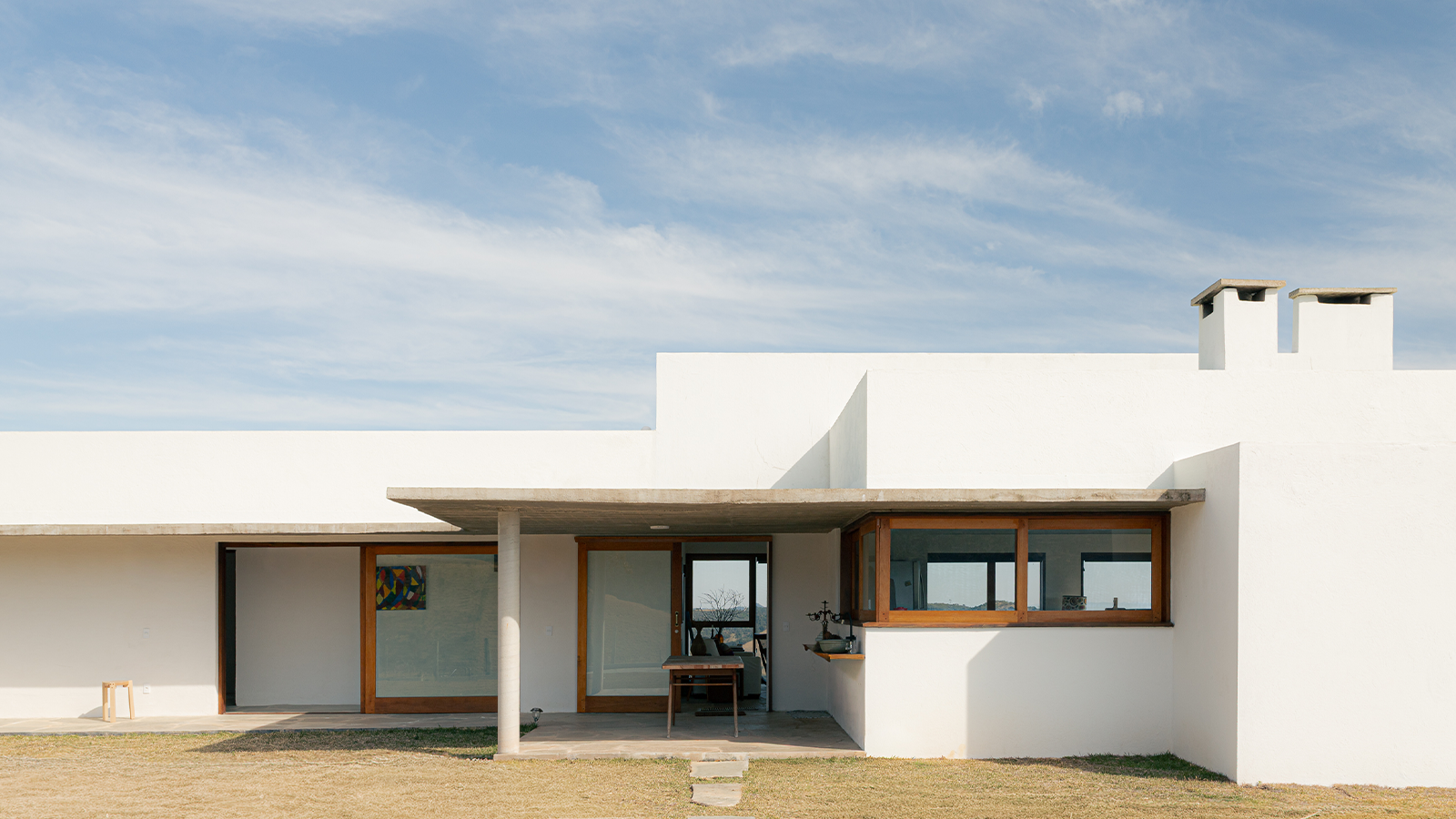 Inspired by farmhouses, a Cunha residence unites cosy charm with contemporary Brazilian living
Inspired by farmhouses, a Cunha residence unites cosy charm with contemporary Brazilian livingWhen designing this home in Cunha, upstate São Paulo, architect Roberto Brotero wanted the structure to become 'part of the mountains, without disappearing into them'
-
 Tropical gardens envelop this contemporary Brazilian home in São Paulo state
Tropical gardens envelop this contemporary Brazilian home in São Paulo stateIn the suburbs of Itupeva, Serena House by architects Padovani acts as a countryside refuge from the rush of city living
-
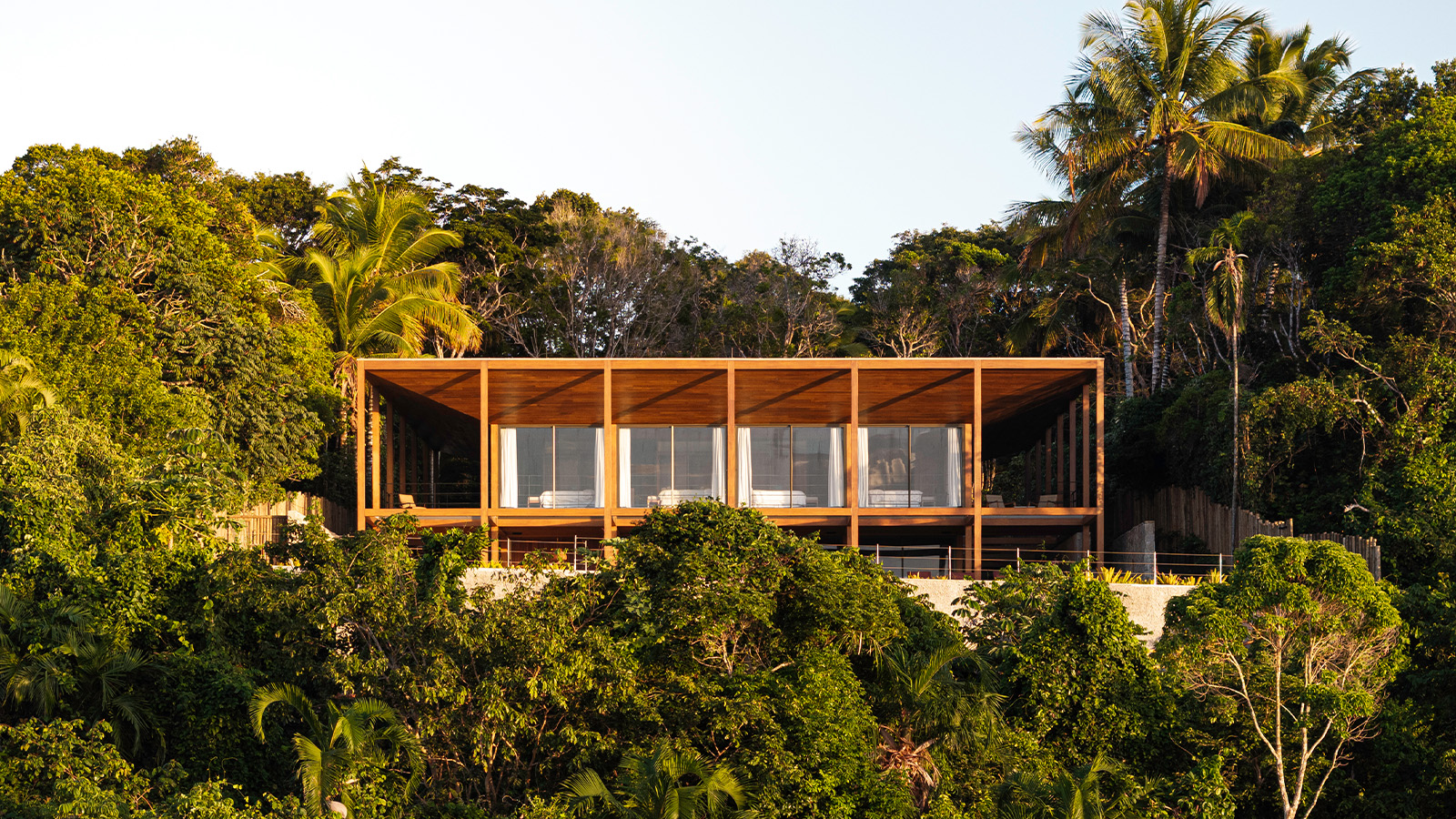 Itapororoca House blends seamlessly with Brazil’s lush coastal landscape
Itapororoca House blends seamlessly with Brazil’s lush coastal landscapeDesigned by Bloco Arquitetos, Itapororoca House is a treetop residence in Bahia, Brazil, offering a large wrap-around veranda to invite nature in
-
 A postmodernist home reborn: we tour the British embassy in Brazil
A postmodernist home reborn: we tour the British embassy in BrazilWe tour the British Embassy in Brazil after its thorough renovation by Hersen Mendes Arquitetura, which breathes new life into a postmodernist structure within the country's famous modernist capital
-
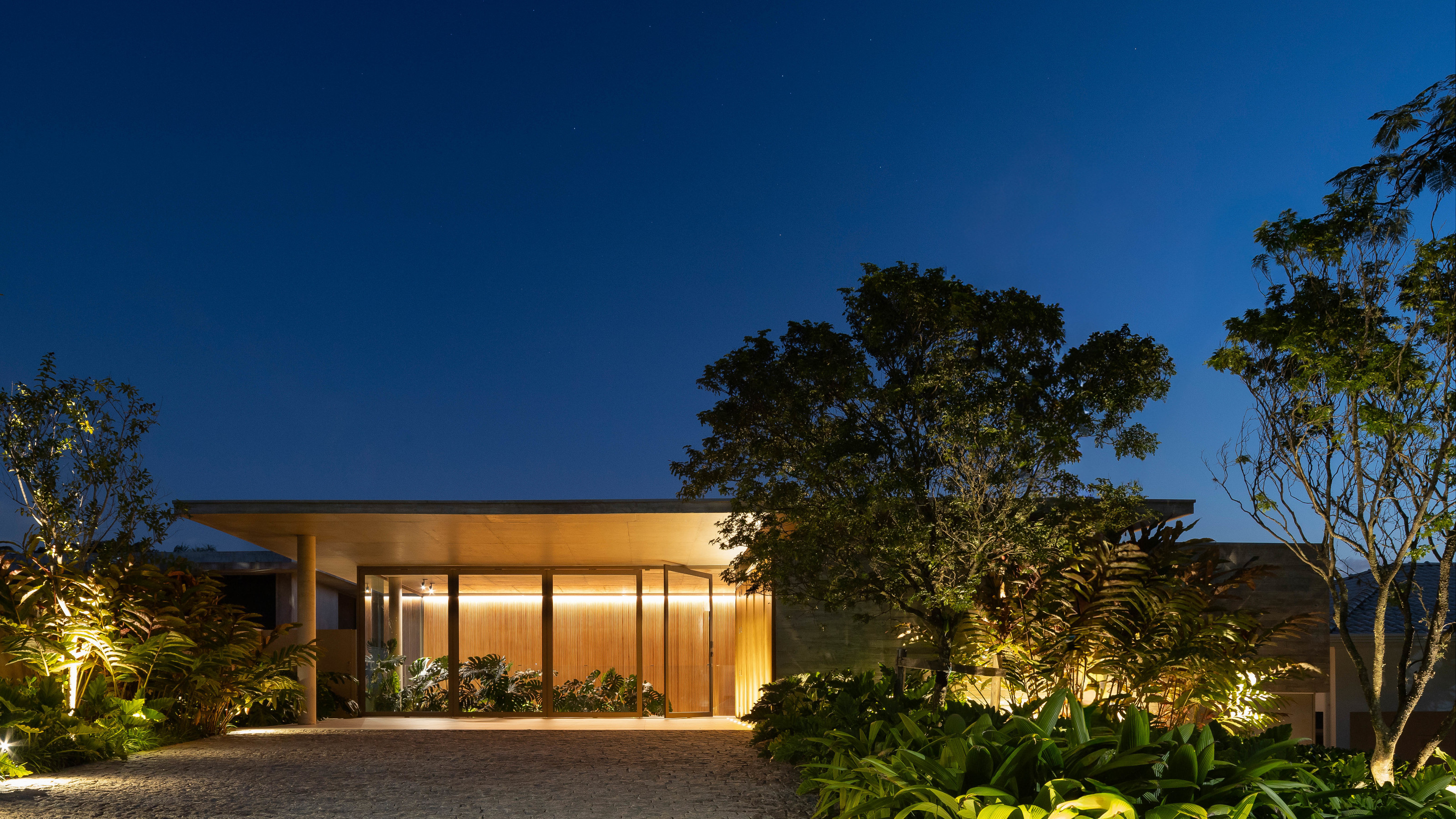 A new concrete house in São Paulo state is designed to open up to its hillside views
A new concrete house in São Paulo state is designed to open up to its hillside viewsArchitects Fernanda Padula and Juliana Risso have shaped this family house in Brazil from meticulously poured concrete forms, precise joinery and a close relationship with the landscape